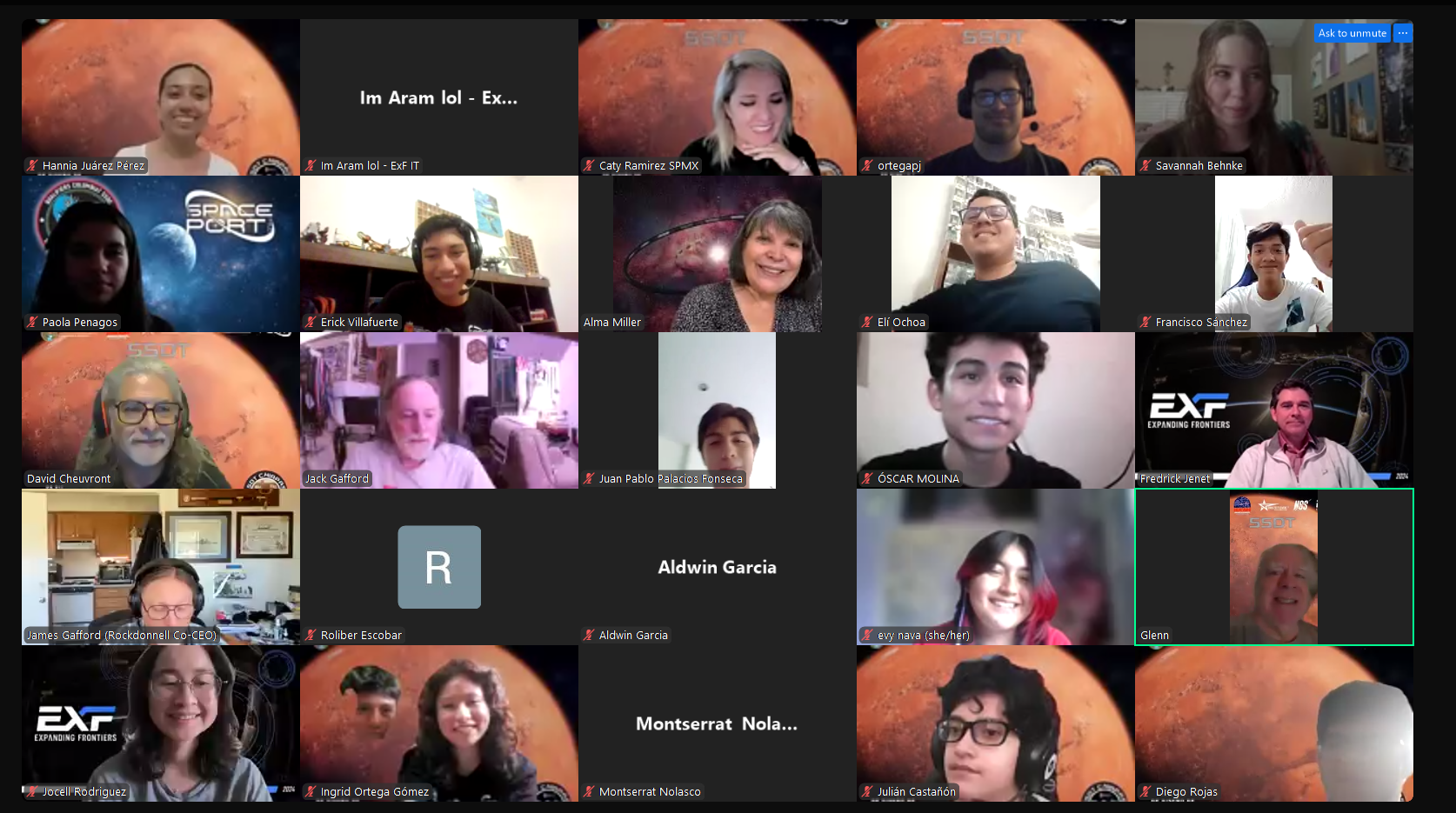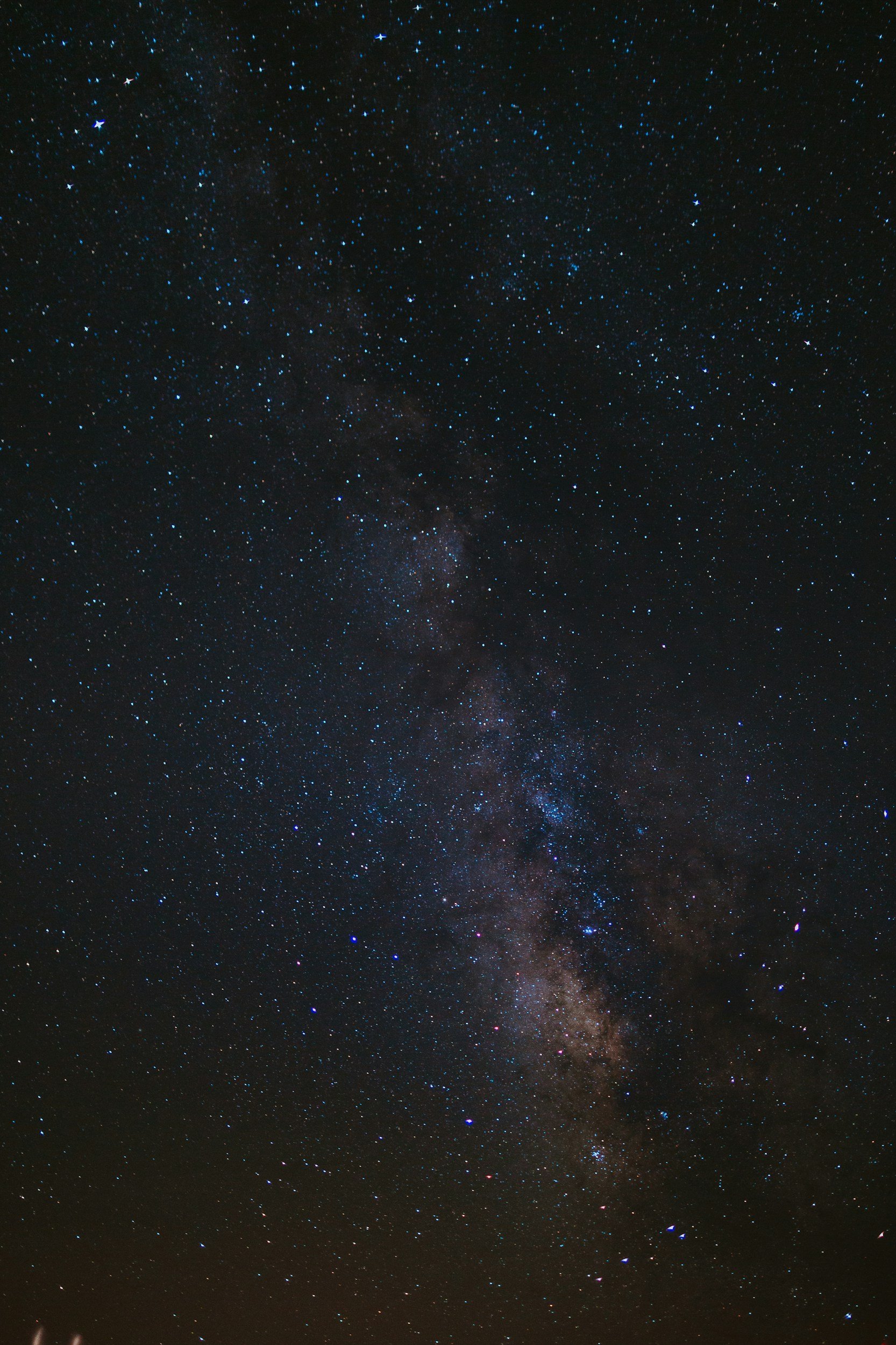
SPACE SETTLEMENT
DESIGN TOURNAMENT (SSDT)
When: Fall 2025
Location: Virtual Event
How do you build a lunar mining settlement? what does it take to build an outpost on mars?
If these questions interest you, you might be interested in a one-of-a-kind experience available now to high school students in South Texas.
The Space Settlement Design Tournament invites high school students to learn the nitty-gritty of conceptualizing, planning, and pitching plans for future space exploration. The tournament, modeled on and developed in conjunction with the internationally famous Space Settlement Design Competition®, offers students unique insight and expertise into one of the fastest-growing industries in the world, commercial space. It is the only sanctioned tournament of its kind in South Texas.
Origin & Inspiration
The tournament is modeled on the Space Settlement Design Competition®, co-founded by aerospace engineer Anita Gale, whose industry-style challenge pioneered this “students-as-companies” format. Her vision—bringing real-world systems engineering, teamwork, and proposal writing to high school students—continues to shape how participants experience the future of space exploration.
The Expanding Frontiers (ExF) team worked closely with Anita Gale and David Cheuvront to develop a tournament model that expands access for students. This collaboration focuses on reducing barriers and creating a clear pathway so more high-school participants can take part in this opportunity.
-
Day 1 — Launch & Inspiration
We kick off with a big-picture mission briefing and a quick orientation to how teams will work together. Students meet mentors and teammates, clarify the challenge space, and try a short warm-up that sparks ideas and sets collaboration norms. By the end of Day 1, every student is placed within a large “company” structure and has a sense of the roles available, the expectations for professionalism, and the spirit of creative problem-solving that guides the week. -
Teams begin operating like an aerospace company. Students select leaders, define role groups, and agree on a lightweight workflow for decisions, drafts, and handoffs. The focus is on turning loose ideas into a cohesive approach: identifying major work streams, outlining key sections, and sketching an initial concept that aligns with the mission goals. Clear responsibilities and timelines are set so everyone knows how they’ll contribute as momentum builds.
-
The request for proposal (RFP) is released, and production ramps up. Teams translate their approach into a structured draft, checking requirements and assumptions as they go. Mentors provide targeted feedback, and a brief “red-team” style review helps surface gaps or risks. Students iterate quickly, refine their story, and prioritize what will create the most impact in the final presentation—balancing creativity with feasibility and keeping the audience’s criteria in mind.
-
It’s polish, practice, and performance. Teams finalize visuals and speaking roles, rehearse timing, and prepare for Q&A. Students then present their concepts to a panel of space-industry professionals and receive constructive feedback. A closing segment highlights standout work and recognizes top teams. More importantly, participants leave with sharper teamwork, communication, and systems-thinking skills—and the confidence that comes from shipping a complex idea together.
How It Works
Participating students are divided into four teams, each of which is led by a working professional in the space industry who serves as “CEO.” The teams collaborate to develop business plans for companies as though they were competing for a space settlement request for proposal (RFP). Over four days, each team works furiously to prepare detailed proposals, which they present to a panel of judges, including current and former NASA executives involved with the agency’s engineering and technology transfer operations. The judges then select the winning proposal.


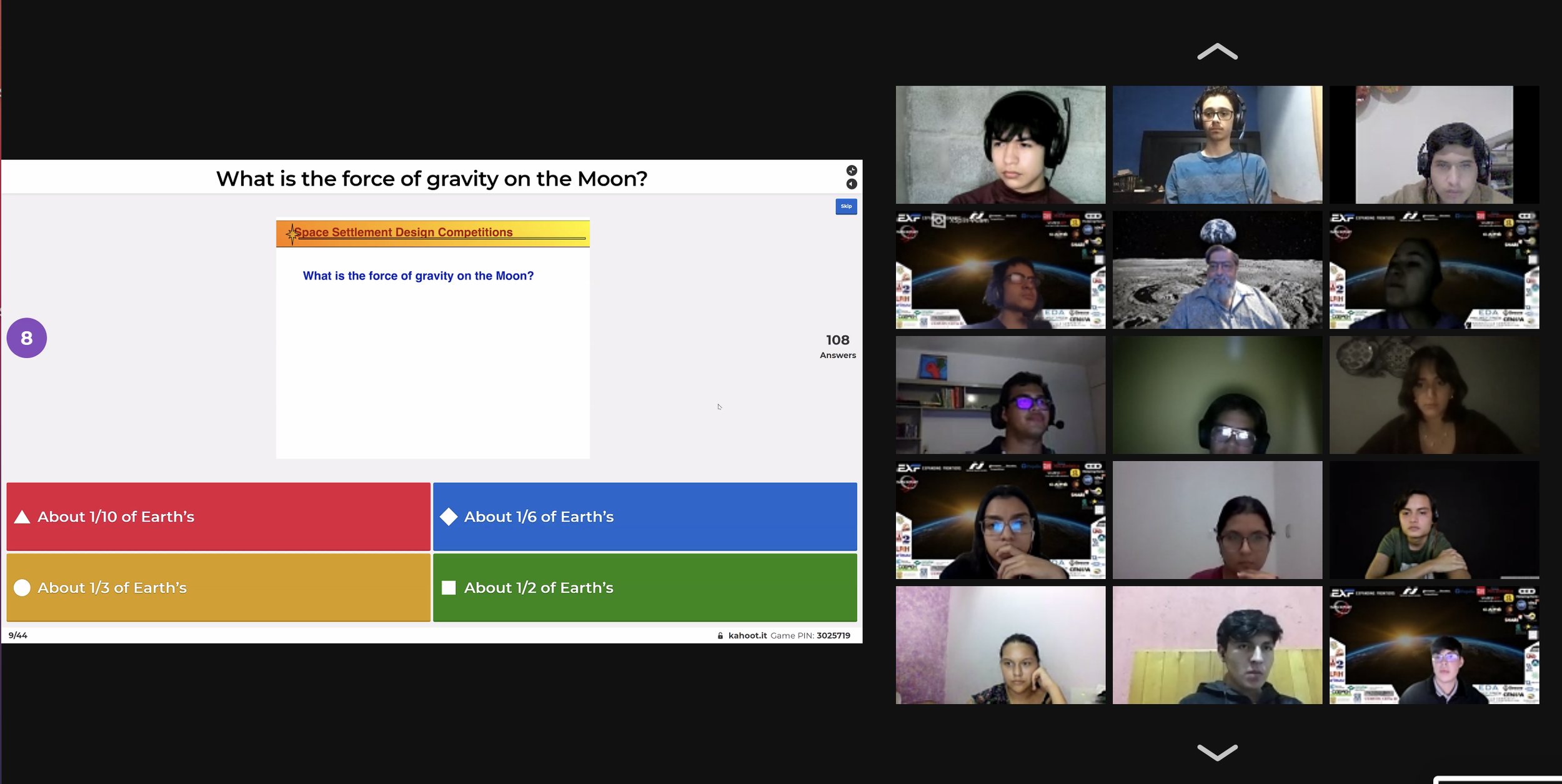
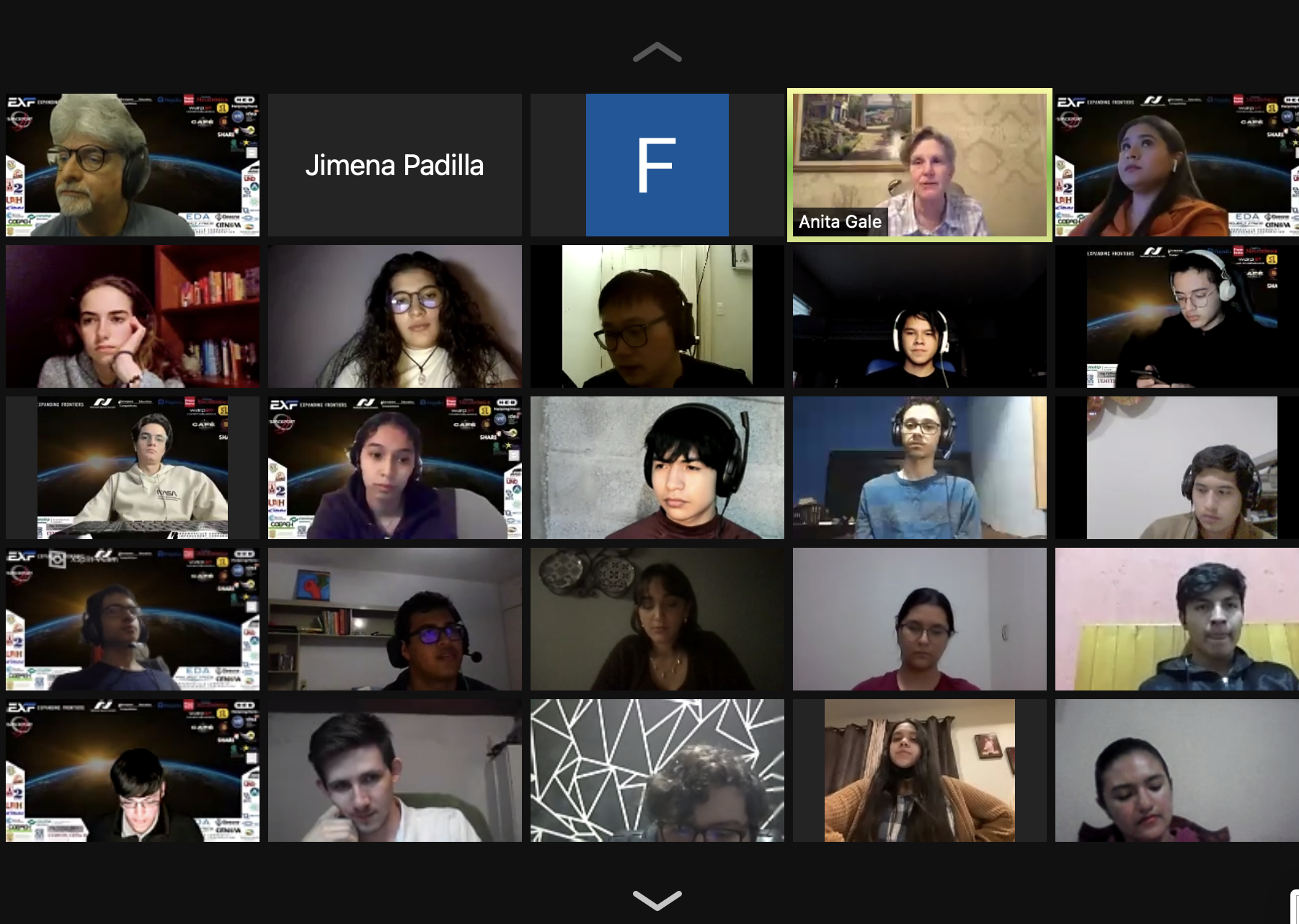


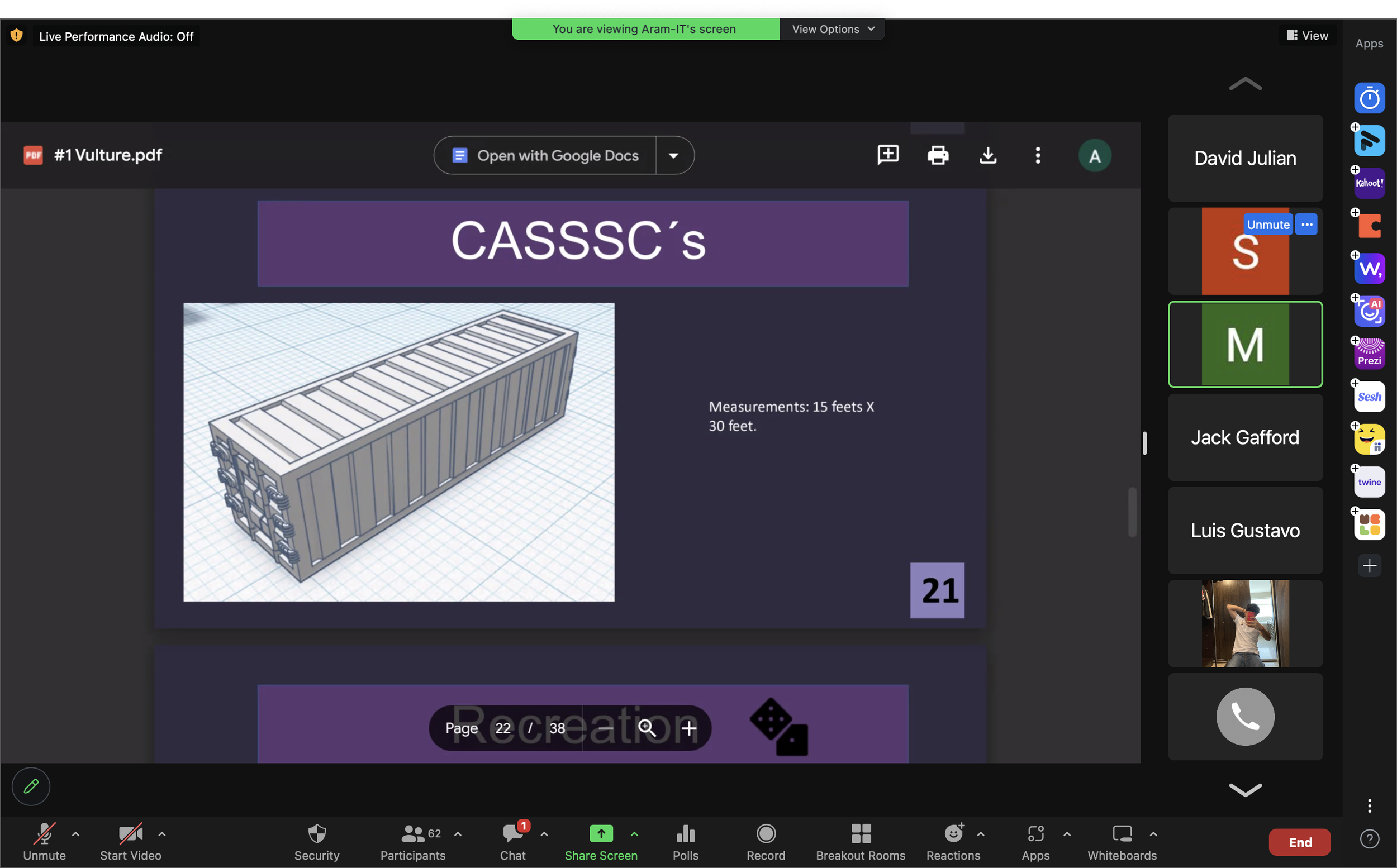




““I was not entirely sure what a career in space looked like—especially as a sociology major. I had not yet learned how to collaborate across disciplines. The tournament gave me the closest experience to seeing what my path could be. The space industry is still a blank page; we have just written our names and the date. Now we get to decide what comes next.””



